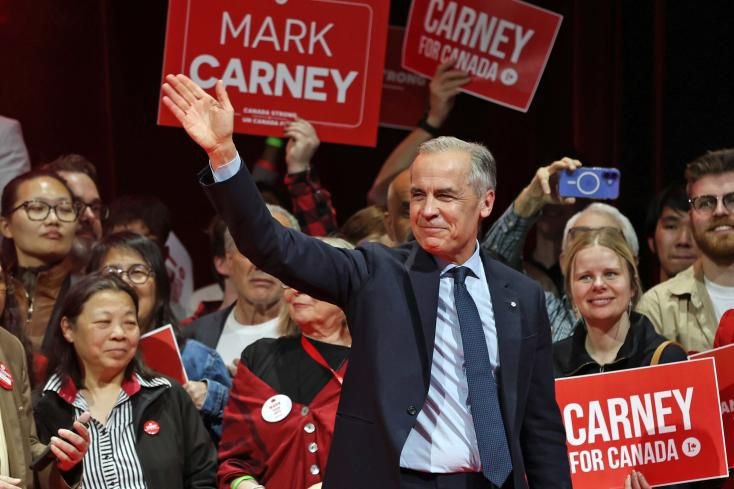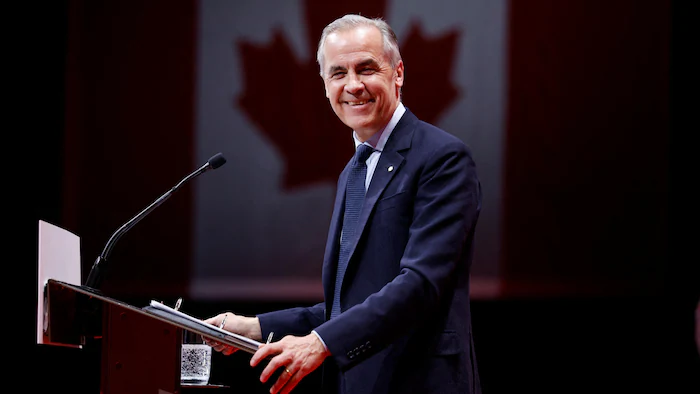Mark Carney, former Governor of the Bank of Canada and the Bank of England, officially became Prime Minister of Canada this Monday evening, following a decisive victory in the federal election. The Liberal Party candidate, he succeeds Justin Trudeau and embodies a return to pragmatic liberalism, focused on economic stability and democratic accountability. This victory marks a clear break with the rise of populist rhetoric, which Carney openly criticized throughout his campaign.
By directly confronting what he called “Trumpian rhetoric,” Carney sought to position himself as the bulwark of a progressive, united, and forward-looking Canada. He denounced the growing influence of certain political movements accused of importing to Canada the toxic divisions that have marked the American political scene. His message resonated favorably with a large segment of the electorate, particularly among young people, urban dwellers, and the middle class, concerned about global instability.
An internationally respected economist, Carney focused his campaign on three pillars: a green recovery, social justice, and fiscal credibility. He pledged to strengthen investment in sustainable infrastructure, more strictly regulate tech giants, and support households hit by the housing crisis. He also emphasized the need to restore trust in public institutions, promising transparency, efficiency, and dialogue with the provinces.
Carney’s victory ushers in a new era for the Liberal Party, which is banking on a technocratic profile, less charismatic than his predecessor but more reassuring to business circles and international partners. The former central banker will, however, face several challenges: persistent political polarization, growing tensions between the provinces, particularly over energy issues, and an uncertain global economic climate.
From his victory speech, Mark Carney reached out to his political opponents, asserting that his government would be “a government for all Canadians,” across party lines. He also reaffirmed the importance of combating inequality, reconciliation with Indigenous peoples, and Canada’s role on the international stage, particularly in climate and humanitarian issues.
Canadians’ choice of Carney reflects a desire for stability, competence, and moderation in an increasingly polarized world. It remains to be seen how this former technocrat turned politician will translate this into government. But for now, his election represents a clear response to the shadow of populism and a commitment to a more rational, inclusive, and sustainable future.


